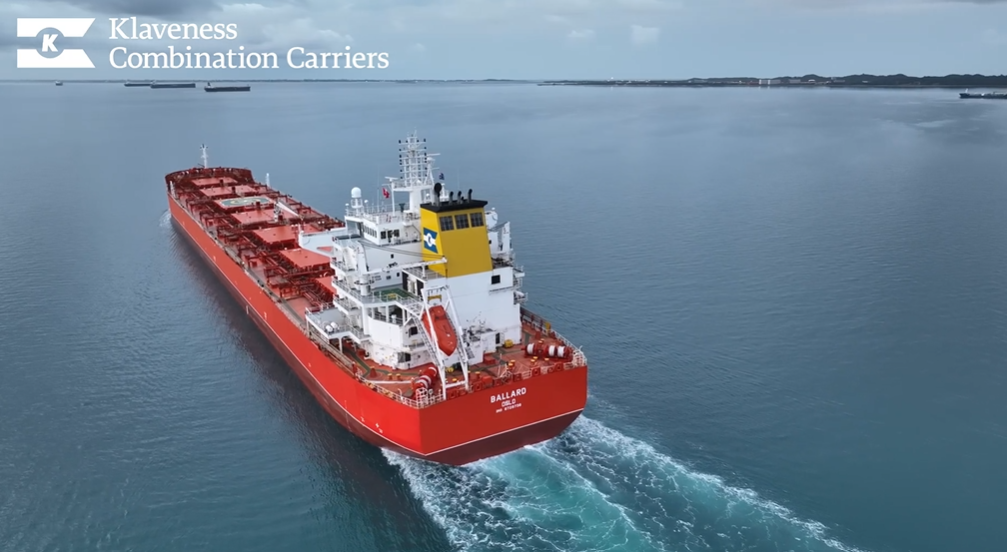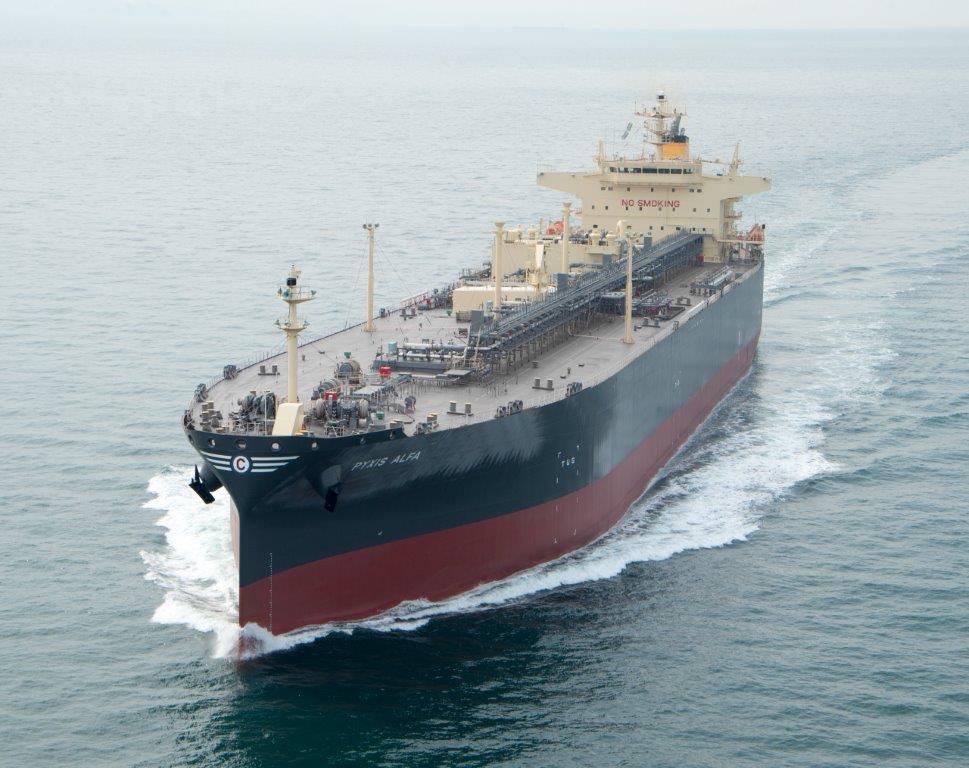ceccherini
In war there is no substitute for victory
- Joined
- 26 February 2015
- Messages
- 160
- Reaction score
- 190
I was wondering why among the many projects of military and civilian ships both very large and very fast no one seems to employ some semi planing hull design. The basic concept seems to be well understood from the second part of the XIX century and it was applied to quite large ships like the Freedom LCS and the Tirrenia Jupiter class ferries. So why there has never been any concept for a semiplaning battleship, aircraft carrier or ocean liner or at least destroyer? Is it realistic to assume that had large surface warships and passenger ships continued to evolve toward greater speed they would have adopted a semi displacement monohull design or are there some intrinsic limitations in scaling the concept to a very large size (say 50000 ton+)? It is possible in other way to built some sort of Queen Mary sized Destriero or Yamato sized Freedom?
Last edited:



